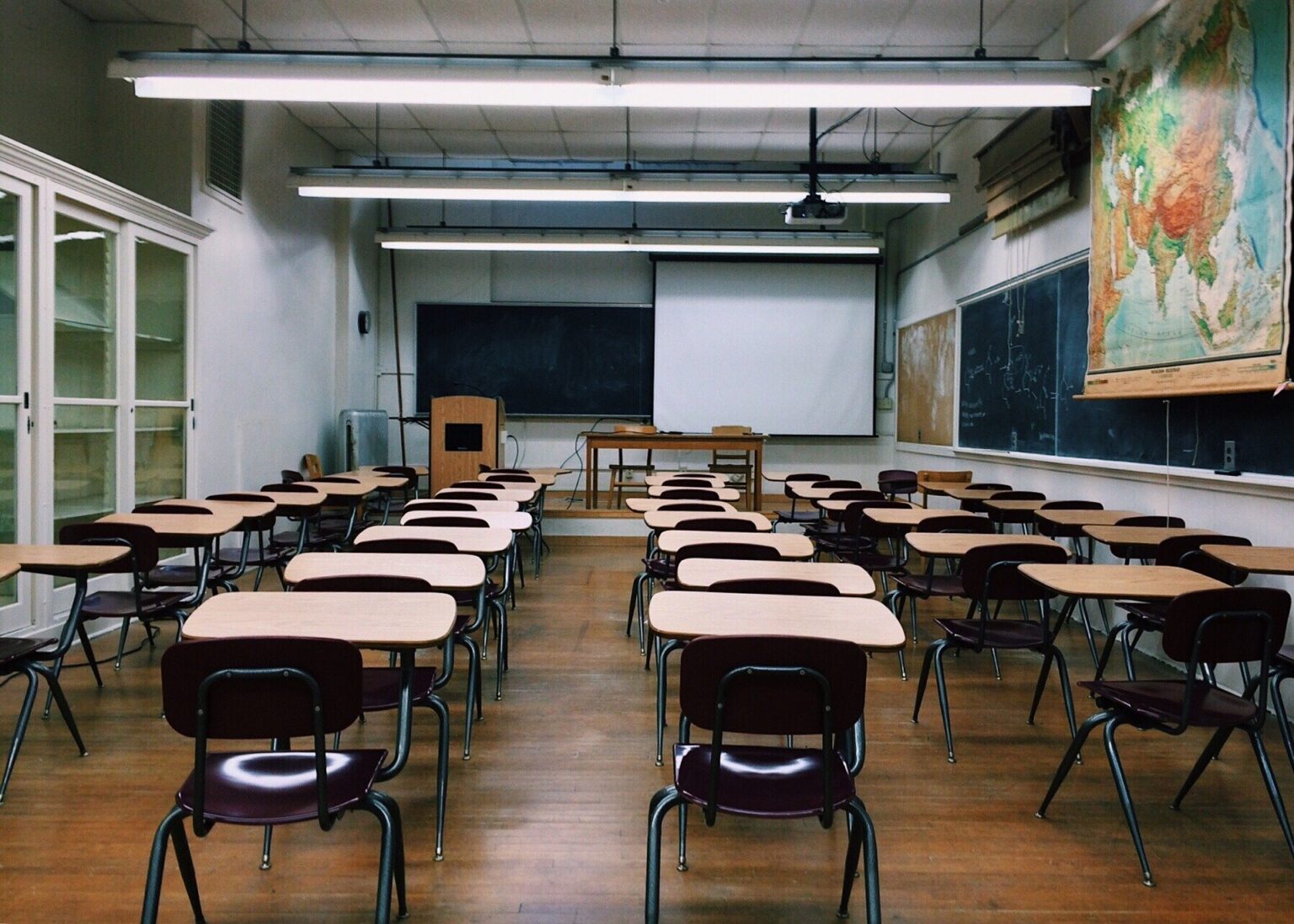Letter to Colleagues – The Courage to Address Systemic Inequity
Written by Mike Miles, CEO at Third Future Schools and Former Superintendent of Dallas ISD
Even before COVID-19 we knew that our public education system was inequitable. On the whole, poor and minority students did not receive the same opportunities or access to high quality programs and schools as their wealthier peers. The pandemic only brought these enduring and systemic challenges into stark relief.
Fortunately, there seems to be a growing number of people and organizations willing to entertain real reform and even transformation of school systems in order to address inequity in meaningful ways. The outrage prompting demands for police reforms has similarly inspired advocates and leaders to call for action to address injustice in all institutions and areas of society, including education. But outrage is not enough; outrage combined with courage and sacrifice may be.
As school and systems leaders, we have a real opportunity now to change the education system to provide a better and more equitable education for all students. We should seize upon the “fierce urgency of now,” for when the ecstasy of outrage dampens, and the challenges of the everyday diffuse the efforts of the well-intentioned, leaders will have far less political cover, and significant reform will once again be left to the courage of a much smaller group.
Even now, I hear the voices of the cautious and allies of the establishment. I hear them calling for patience and small, incremental steps to change education, taking comfort in the belief that the events of the last few months prove that the arc of history does indeed bend toward justice. But patience has long been the mantra of the status quo and those who have not directly experienced the inequity and injustice many of our students face today. And if the arc of history bends toward justice, then we must tighten the arc so that inequity and lost opportunity will not plague another two generations of students before we make the necessary changes.
Even if our collective sense of urgency has been heightened and our appetite for change made greater, will we know how to make systemic changes? Will we have the courage to do what it really takes to fight inequity and injustice? I wonder, for example, whether efforts devoted to fighting systemic equity will be limited to fighting for greater resources. Will school leaders push for more per pupil revenue and greater teacher salaries and then claim that the battle for equity has been largely won? While schools need more resources and teacher salaries need to be raised, more money is not sufficient to address the root causes of inequity. Just as more resources to police departments – for more training, better recruitment, and more programs – would not have addressed the systemic problems of that institution, more money to education, however necessary, is not sufficient to address inequity in education.
I fear, too, that school leaders and education advocates will address the symptoms of inequity and then claim they have done much to eradicate the disease. Many of the symptoms of the inequity disease were painfully revealed during the pandemic of COVID-19. Schools and non- profits did all they could to provide Chromebooks and Internet connectivity to students. They came up with innovative ways to provide meals to students and families and conducted counseling sessions via Zoom. However, like a cold compress on the head of a child who is ill, such efforts offer only temporary relief. As districts move into the new school year, many will focus on steps to catch up on the technology and other similar disparities to lessen the impact of this level of inequity in the future.
The actions of school systems to advocate for more money and to manage the symptoms of inequity are important initial steps and hence understandable. However, they will have limited impact in both the near and long term.
To address the roots of systemic inequity, school systems would have to do some or all of the following:
- Design a system in which the most effective teachers work at the lowest performing schools. We have known for decades that the lowest performing students, especially in high-poverty areas, have the least proficient teachers. If districts really want to address inequity, they need to turn this situation around completely: distribute the highest performing teachers among the students with the greatest academic needs.
- Establish a budgeting or resource-allocation process that prioritizes student needs. Whenever an organization faces the scarcity of a resource, it should prioritize the use of that resource. In this case, the priority should be to address the opportunity and equity gap. For example, instead of an “equal” amount of per pupil revenue going to each elementary student, the district would weight the amount drawn by a student who lives in poverty. State systems should also prioritize funding to meet student to meet student needs.
- Create goals and key actions directly tied to closing the opportunity and achievement gap and hold various leaders accountable for meeting those goals. Absent measurable goals and specific actions to make systemic changes and accomplish the goals, very little will change, and success will be too easily claimed by those proffering anecdotes and a vague sense of progress.
- Change policies that prevent the system from significantly narrowing the opportunity gap or continue to stand as a barrier to a high-quality education for poor and minority students. For example, it is time to make systemic policy changes that remove ineffective teachers from the classroom or (if that is too great a political leap) at least from classrooms with large numbers of struggling students. It is also time to review archaic disciplinary policies that far too often criminalize our children rather than build them up.
- Provide choice and opportunity for the most at-risk students. This does not necessarily mean districts should add more charters or innovation zones. It means that school systems should aim to provide programs and experiences – such as STEM and performance arts programs, internships, trips abroad, computer programming, etc. – for at-risk students at the same level as their more affluent peers. It also means deconstructing barriers that prevent mixed-socioeconomic classrooms so that children from all walks of life benefit from each other.
If one can imagine what it would really take to do any one of the five transformative efforts outlined above, she would also understand why public education has been unable to address systemic inequity prior to COVID-19. There is no doubt that doing any one of the suggested key actions will spark controversy and intense push-back. Many will be the voices who support creating a more equitable system, but not if it involves a reprioritization of resources or decreasing funds for programs they have had for years. Greater still will be those who will argue that the system is too big and complex to change in any significant way, or that there is simply not enough money to make the necessary changes. Others will retreat in the face of political pressure from elected officials or other influential stakeholders.
Let me conclude then with where I started: Outrage is not enough; outrage combined with courage and sacrifice may be. Hold on to the current outrage, and may it ignite a renewed sense of urgency. Gather your allies and your strength now while our minds and hearts truly feel the injustices borne by our students every day. Plan bold steps that go beyond addressing symptoms and that finally cut to the heart of what we know is unjust with our system. And then have the courage to lead and see the plan through.
And should we reach our destination still standing, knowing in our hearts what it really took, without fanfare or reward, we will look across the way to each other and say, simply, “well done.”

Mike Miles, CEO at Third Future Schools and Former Superintendent of Dallas ISD

